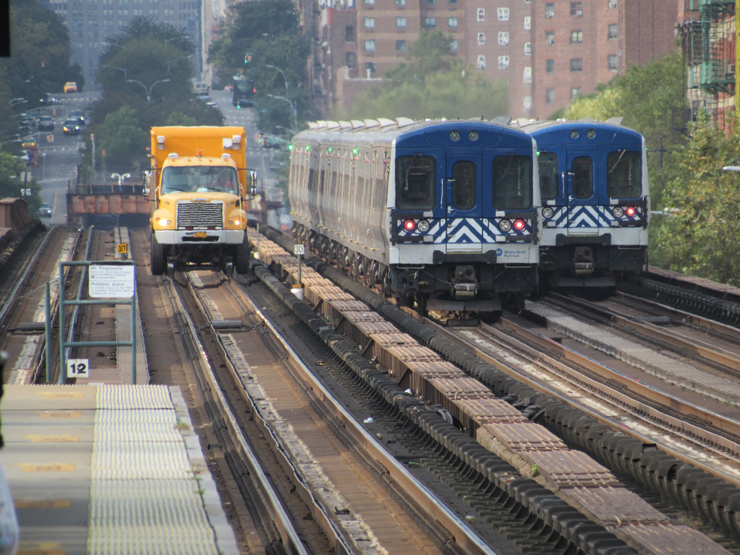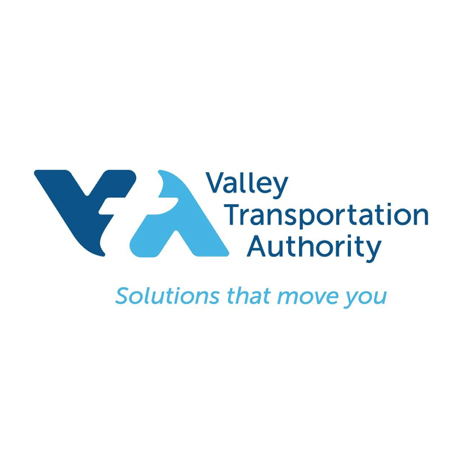NEW YORK — The Metropolitan Transportation Authority announced the largest capital plan in its 54-year history on Monday, including an additional $37 billion for its plan to improve New York’s subways and $10 billion for commuter railroads Metro-North and the Long Island Railroad. It will increase infrastructure spending by 70% over current levels to expand service, increase reliability and track speed, and bring better compliance with accessibility rules of the Americans with Disabilities Act.
The plan for 2020 through 2024, which the MTA board will be asked to approve at its meeting next week, will increase subway capacity and includes full funding for Phase 2 of the Second Avenue Subway, extending it from 96th Street to 125th Street, with financing from a variety of federal and local sources.
For the subway system, the plan includes more than $7 billion to install Communications-Based Train Control signaling, currently used on the L and 7 lines, on six additional lines. Those routes, including the Lexington Avenue line, account for almost half the ridership of the 665-mile subway system. It also calls for 1,900 new subway cars, and for 70 stations upgraded to ADA compliance to ensure that no disabled customer is is more than two stops from an accessible station. This would serve over 60% of physically challenged passengers.
Other infrastructure work would include critical repairs at more than 170 stations, including replacement of 78 elevators and 65 escalators, and replacement of 60 miles of track, with installation of 20 miles of continuous welded rail to provide a quieter ride and reduce the number of broken rails.
On the Long Island Rail Road, the plan aims to ensure a December 2022 inaugural for the much-delayed East Side Access service bringing LIRR trains to 160,000 riders at Grand Central Terminal. Work will continue on installation of a third main on the LIRR Main Line. Seven additional stations would be made ADA-compliant. To bring 90% of LIRR tracks into a state of good repair, the railroad will install concrete ties and welded rail, while replacing 32% of switches, 21% of track circuits, and 11% of grade-crossing equipment at high-priority locations.
Equipment plans include 160 new M9A electric m.u. cars to provide at least 25,000 more seats to and from Grand Central, as well as up to 20 new coaches and 10 locomotives for non-electrified territory.
Metro-North improvements in the plan include New Haven Line access to Penn Station via four new stations in the Bronx, reconstruction of the Grand Central Terminal trainshed and Park Avenue tunnel and viaduct, and the replacement of the 140 cars in the M3 railcar fleet.
The reconstruction of the Grand Central trainshed, 75 acres under east Midtown, and the almost 2-mile-long Park Avenue viaduct, will be Phase 1 of replacement of the more than century-old structures used by more than 700 trains per day and 83% of Metro-North customers. Four more stations will be brought into ADA compliance. Also under consideration is a third track on the Harlem Line and expansion of Brewster yard.
Funding will include $25 billion secured from this year’s state legislative session, with an additional state investment of $3 billion to be matched by New York city. The MTA is looking to the federal government for $10.7 billion, a bond issue to provide $9.8 billion, and the state and city to provide an additional $3 billion each.
The board must approve the plan and submit it to the MTA Capital Program Review Board by Oct. 1.















Mr Landry, the gas taxes were over $40 billion short last year, so the highways are massively subsidized. And that’s besides the fact we may go to war over Iran’s alleged bombing of the major Saudi Oil facility.
JF – Yes, it is different. By and large roads are paid by the user in the form of gas and weight taxes and registration fees. (For the most part.) So that’s not a subsidy. Transit funding is a subsidy.
Of course, the Feds still pay 80% of Interstate highway construction, which are nearly all used by local commuters in urban areas. But that’s different, right?
Agreed, Mr. McGuire, no Federal funds for local transit.
Hopefully, the federal government will say “no” to the $10.7 billion of our money coming from people who never have, do not now, and never will use the MTA services. Such as they are.
Hopefully the money will be found —– locally.
“Grand Central trainshed”?
I believe this is the first capital plan by the new MTA unified management organization.